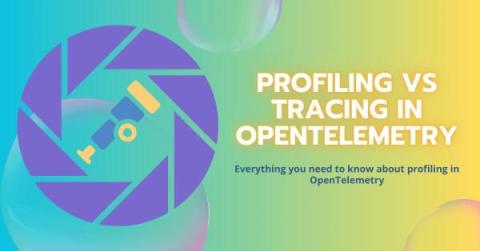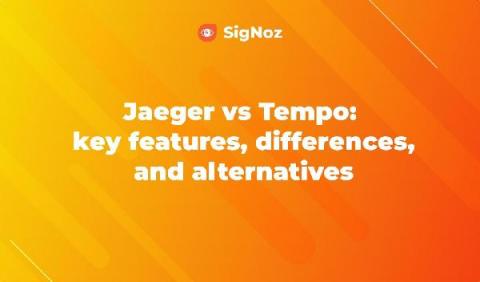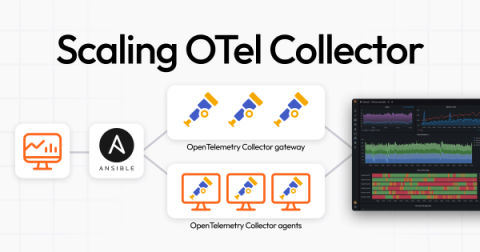The Art of Visibility: Constructing an OpenTelemetry Observability Pipeline
Craft an observability pipeline that offers unparalleled insights into your systems and applications. Watch as we explore the art of constructing an OpenTelemetry observability pipeline, from instrumenting your codebase to effectively analyzing and visualizing telemetry data. Whether you're aiming to enhance troubleshooting, optimize performance, or gain a deeper understanding of your environment, this video series will equip you with the knowledge and tools to elevate your observability game.











